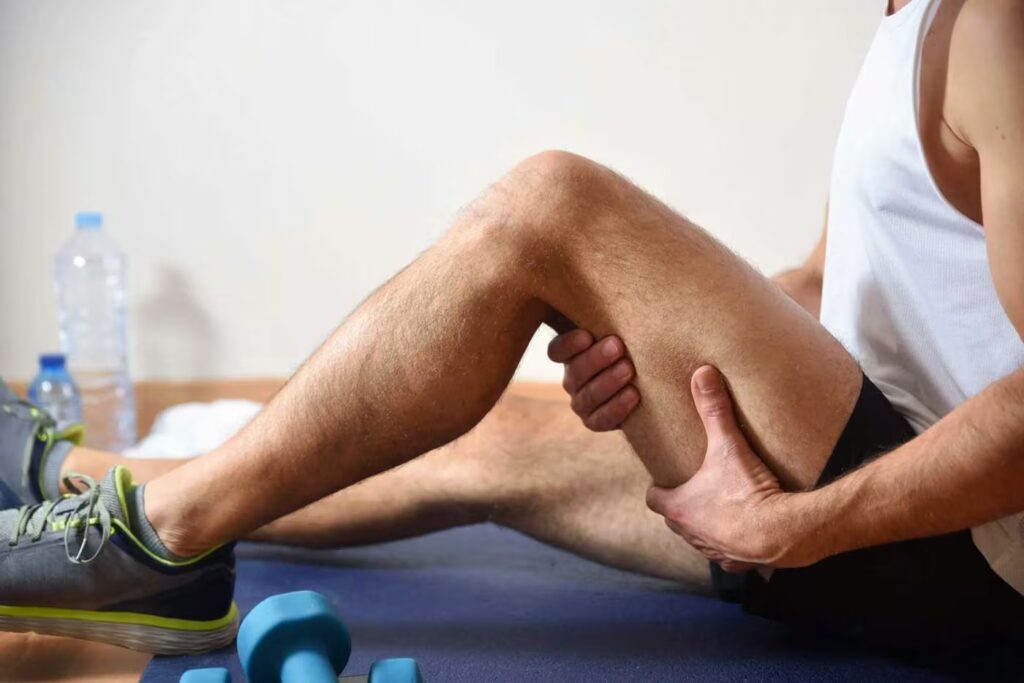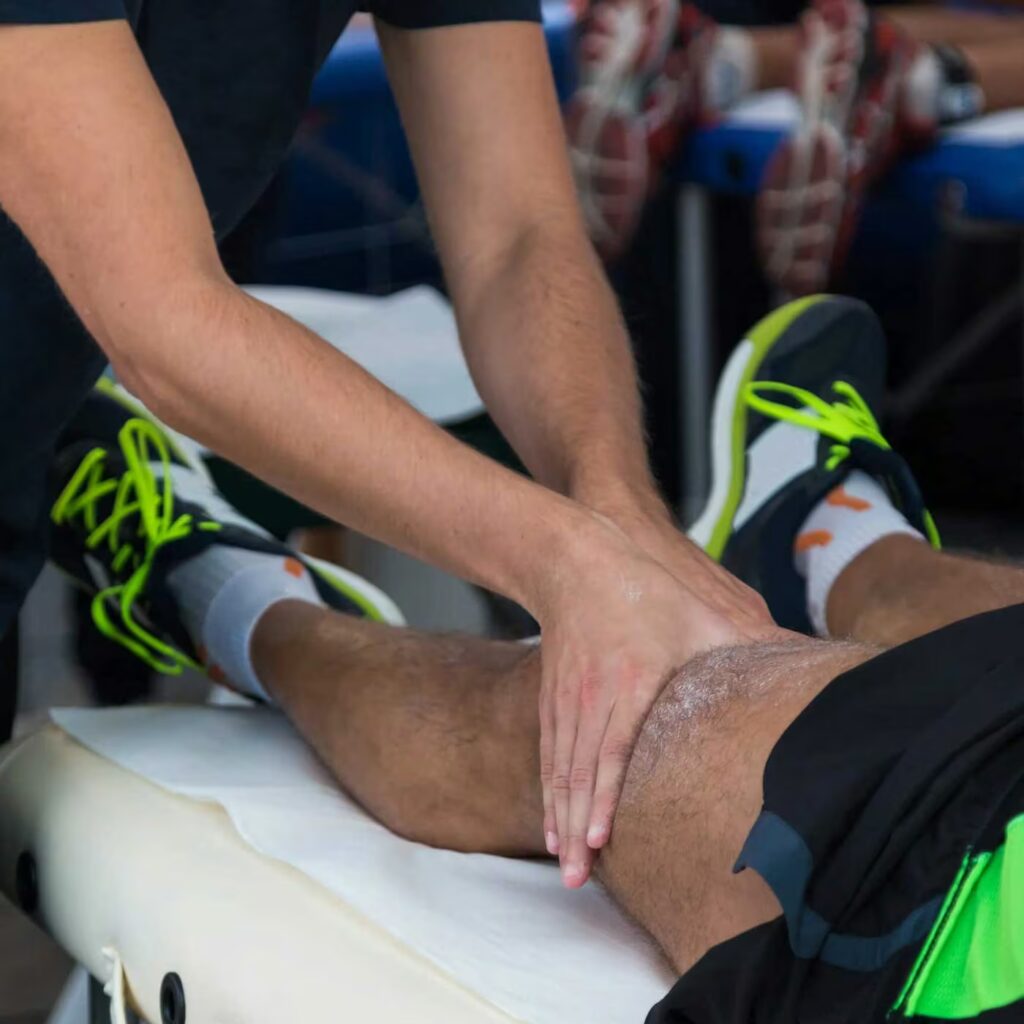
Care for Sport injuries
Acute and chronic injuries are the two main categories into which sports injuries fall. In contrast to chronic injuries, which typically arise from repetitive overload—the abuse of one part of the body—acute injuries occur unexpectedly, such as when a person falls, is struck, or twists a joint. Stress fractures and tennis elbow are frequent chronic ailments, whereas sprains and dislocations are examples of acute injuries.
Treating Sporting Injuries
Depending on the type of injury, the following methods can be used to treat it at home: rest, ice, compress, and elevate (R-I-C-E) the affected area. In addition to physical therapy for recuperation, a doctor may recommend a brace, splint, or cast if you have suffered severe injuries. In certain cases, surgery may be necessary. Exercise and other forms of therapy, such as ultrasonography, acupuncture, massage, cupping, and exercises, are usually recommended as part of a rehabilitation program before returning to the sport or activity that caused the injury.

Symptoms of Sporting Injuries
Depending on the kind of injury you have, different symptoms may appear.
Acute symptoms include:
- Abrupt, excruciating pain.
- Severe bruising or swelling.
- Being unable to bear weight on one’s foot, ankle, knee, or leg.
- Having trouble moving a joint normally.
- Severe weakening in a wounded limb.
- An obviously misaligned bone or joint.
Chronic symptoms include:
- Discomfort during exercise or play.
- A dull discomfort and swelling when you’re sleeping.

